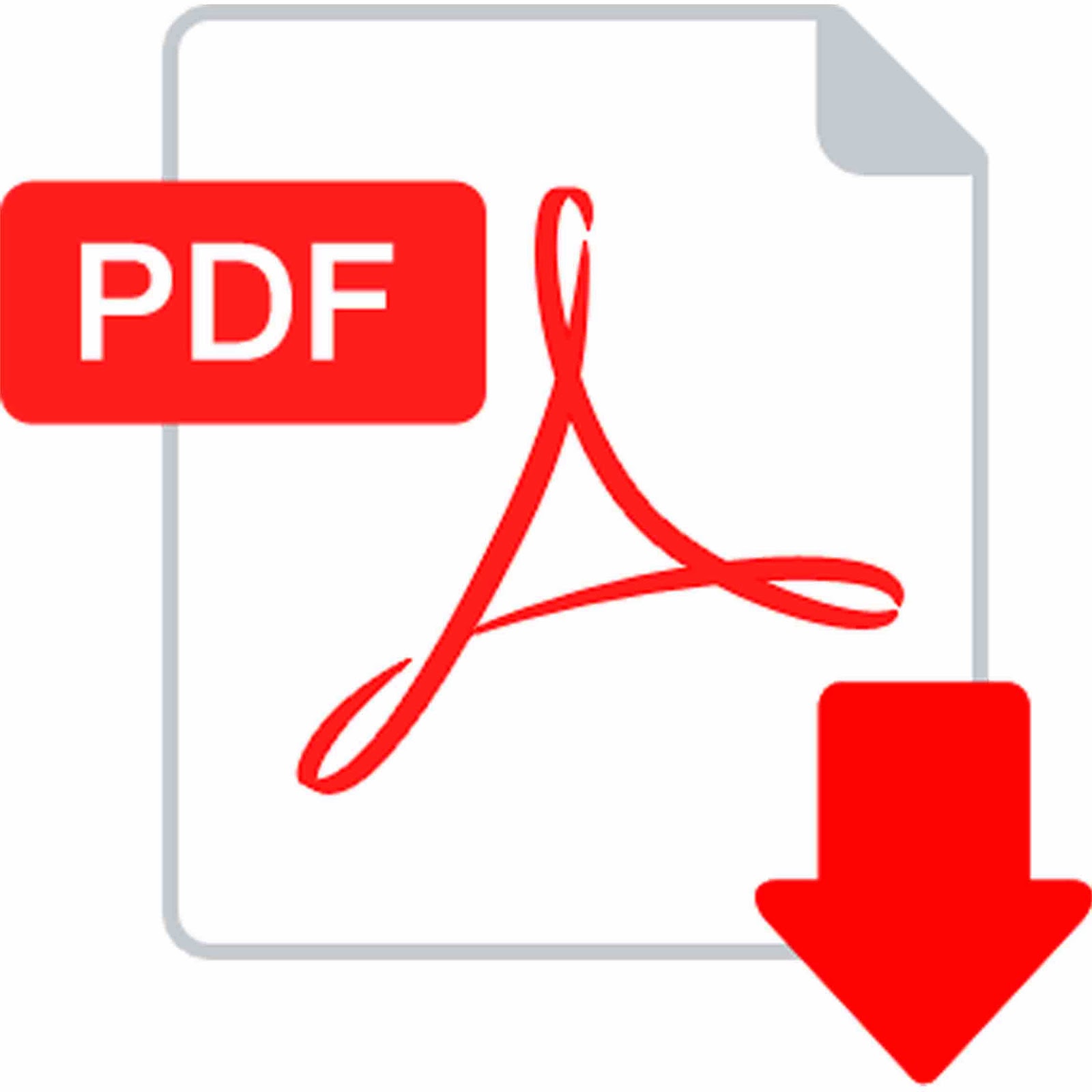| JEL Classification: Q13; Q55; R11 | DOI: https://doi.org/10.31521/modecon.V50(2025)-24 |
Trusova Natalia, Doctor of Economic Sciences, Professor, Professor of the Department of Finance, Accounting and Taxation, Dmytro Motornyi Tavria State Agrotechnological University, Zaporizhzhia, Ukraine
ORCID ID: 0000-0001-9773-4534
e-mail: trusova_natalya5@ukr.net
Stepaniuk Roman, Gaduate student of the third (educational and scientific) level of higher education, Dmytro Motornyi Tavria State Agrotechnological University, Zaporizhzhia, Ukraine
ORCID ID: 0009-0005-1499-5496
e-mail: ekonomyst-8105@ukr.net
Determinants of the Formation of Anti-Crisis Potential of Economic Development in an Integrated and Security System of Functioning of Agricultural Enterprises
Abstract. Introduction. The article examines the determinants of the anti-crisis potential of economic development in an integrated and safe system of functioning of agricultural enterprises. The value-oriented determinants of the formation of the anti-crisis potential of economic development in an integrated and safe system of functioning of agricultural enterprises are substantiated. A set of methods for qualitative and quantitative analysis of ESG-factors is identified in order to prevent threats in the macro- and microenvironment of agricultural enterprises. It is substantiated that quantitative methods for analyzing ESG-factors, given the uncertainty of the criteria for forming the optimal structure of the investment and financial cycle in an integrated and safe system of functioning of agricultural enterprises, allow us to calculate the limits of their stable state of economic development.
Results. The signs of prevention and elimination of ESG-factors in the operational and financial cycle that weaken economic development and the stable state of the integrated and safe system of functioning of agricultural enterprises are presented. On the basis of mathematical tools, an adaptive approach to the diagnosis of ESG-factors in the anti-crisis potential of economic development of agricultural enterprises and the criteria for their neutralization are substantiated. A model of qualitative analysis of cost-oriented determinants of the formation of the anti-crisis potential of economic development in the integrated and safe system of functioning of agricultural enterprises is developed according to a group of methods for identifying ESG-factors and their neutralization when attracting resources to the economic activities of entities.
Conclusions. A methodology for assessing the density of distribution of probable resource losses leading to a critical limit of economic development and instability of the functioning of the economic activity of agricultural enterprises is presented. It is proposed to expand the capabilities of agricultural enterprises in the new paradigm of the anti-crisis system of their functioning, with increased influence on the state of rehabilitation capacity in conditions of uncertainty and ESG-factors, which allows distributing the available resource component in a continuous flow of expanded reproduction of agricultural production.
Keywords: anti-crisis potential; economic development; economic security; resources; ESG factors; uncertainty; agricultural enterprises.
References:
- Azarova, A. O., Ruzakova, O.V. (2010). Mathematical models and methods for assessing the financial condition of the enterprise. Vinnytsia: VNTU. [in Ukraine]
- Bdzhola,V. D. (2002). Financial reorganization of the enterprise: forms and sources. Financial research, 4, 48-52.
- Belikov, A.Yu., Davyidova, G.V. (1999). Methods of quantitative assessment of the risk of bankruptcy of enterprises. Risk Management, 3, 13-20. [in Ukraine]
- Chernyavskyi, N., Gutarevych, N., Khmelivska, N. (2024). ESG as a tool for achieving sustainable development and strategic business goals. URL: https://sk.ua/uk/esg-jak-instrument-dosjagnennja-stalogo-rozvitku-ta-strategichnih-cilej-biznesu/
- Dovhan, L.P., Surzhenko, A.V. (2017). Estimation of business value in the conditions of introduction of cost-oriented management of enterprise fans. Economic Bulletin of the University, 33(1), 293-302. [in Ukraine]
- Dropa, Ya.B. (2017). Financial instruments of resource formation in the national economy in the context of globalization. Global and national economic problems, 16, 682-687.
- Havatiuk, L.S. Perehiniak, N.M. (2017). Ways to increase the level of profitability of domestic enterprises in modern business conditions. Economy and society, 9, 363-367. [in Ukraine]
- Hovorushko, T.A., Klymash, N.I. (2013). Management of efficiency of activity of the enterprises on the basis of the cost-oriented approach. Kyiv: Logos. [in Ukraine]
- Hryhorieva, O.V., Mishchenko, A.Iu. (2017). Crisis phenomena in the economy and their manifestations in the enterprise. Scientific Bulletin of Uzhhorod National University, 13(1), 76-79. [in Ukraine]
- Kihel, V.R. (1999). Mathematical methods accepted solutions in an effective education. Kiev: IEUGP.
- Kovalenko, N., Hontova, N. (2013).The relationship between the mechanisms of sustainability and adaptation in the context of innovative enterprise development. Economic analysis, 12(3), 193-196. [in Ukraine]
- Kovalenko, V.V., Suhaniaka, M.V., Fuchedzhy, V.I. (2013). Anti-crisis financial management in the system of economic entities: methods and tools of evaluation. Odessa: Logos-TD. [in Ukraine]
- Kreidych, I.M., Haharin, A.O. (2016). Problems of cost-oriented management of enterprise development. Economic Bulletin of the National Technical University of Ukraine “Kyiv Polytechnic Institute”, 13, 208-212. [in Ukraine]
- Levchenko, M.O. (2010). Methods for assessing the risks of foreign economic activity of a machine-building enterprise. Bulletin of the Khmelnytsky National University, 6(3), 190-194. [in Ukraine]
- Makhovka, V.M. (2013). Methodology of formation of the system of anti-crisis management of the enterprise. Innovative economy, 1, 102-105. [in Ukraine]
- Marchuk, T., Ryzhakov, D. Ryzhakova, G., Stetsenko, S. (2017). Identification of the basic elements of the innovationanalytical platform for energy efficiency in project financing. Investment Management and Financial Innovations, 14(4), 12-20. [in Ukraine]
- McTaggart, J., Kontes, P., Mankins, M. (1994). The Value Imperative: Managing for Superior Shareholder Returns. New York: The Free Press.
- Mushnykova, S.A. (2015). Financial mechanism of enterprise development in crisis conditions of functioning. Bulletin of Transport Economics and Industry, 52, 61-67. [in Ukraine]
- Naipak, D. V. (2014). Analysis of methods and models for assessing the level of adaptation of the enterprise to organizational change in terms of strategic development. Development economics, 3(71), 112-117.
- Ostrovska, H., Kvasovskyi, O. (2011). Analysis of the practice of using foreign methods (models) of forecasting the probability of bankruptcy of enterprises. Galician Economic Bulletin, 2(31), 99-111. [in Ukraine]
- Plakhotna, N. V. (2016). Theoretical bases of anti-crisis management of the subject of business in the conditions of global crisis of economy. Development management, 4(186), 85-90. [in Ukraine]
- Roumasset, J.A. (1976). Rise and Risk: Decision Making Among Low-In-come Farmers. Amsterdam: North-Holland.
- Pushkar, A.I., Trided, A.N., Kolos, A.L. (2001). Anti-crisis management: models, strategies, mechanisms. Kharkiv: Model of the Universe LLC. [in Ukraine]
- Raievnieva, O.V., Horokhova, O.I. (2011). Formation of indicative values of crisis recognition indicators of industrial enterprises. Business Inform, 7(2), 21-23. [in Ukraine]
- Raievnieva, O.V., Berest, M.M. (2012). Sanation strategy of industrial enterprise: mechanism of formation and realization model. Kharkiv: VD “INZHEK”. [in Ukraine]
- Rappaport, A. (1998). Creating shareholder value: The new standard for business performance, New York: The FreePress.
- Rod, O’Donnell. (2021). Keynes and Knight: risk-uncertainty distinctions, priority, coherence and change. Cambridge Journal of Economics, 45(5), 1127-1144.
- Ross, B. (2021). Emmett the writing and reception of risk. Uncertainty and Profit Cambridge Journal of Economics, 45(5), 883-900.
- Starchenko, L.V., Starovoit, O.V., Semydotska, I.I. (2012). Using the fuzzy set method to diagnose the risk of bankruptcy. The mechanism of economic regulation, 3, 83-91. [in Ukraine]
- Stewart, G. B. (1991). The Quest For Value: the EVA Management Guide. New York: Harper Business.
- Trusova, N.V., Hryvkivska, O.V., Tanklevska, N.S., Vdovenko, L.A., Prystеmskyi, O.S., Skrypnyk, S.V. (2019). Regional aspect of formation the potential of financial safety in agrarian enterprises of Ukraine. Asia life sciences. The Asian International Journal of Life Sciences, 21(1), 169-186.
- Trusova, N.V., Hryvkivska, O.V., Yavorska, T.I., Prystеmskyi, O.S., Kepko, V.N., Prus, Yu.A. (2020). Innovative development and competitiveness of agribusiness subjects in the system of ensuring of economic security of the regions of Ukraine. Rivista di Studi sulla Sostenibilita, 2,141-156.
- Zahoretska, О., Vorobec, S., Kozyk, V. (2020). Simulation Model of Planning Financial and Economic Indicators of an Enterprise on the Basis of Business Model Formalization. Data-Centric Business and Applications Evolvements in Business Information Processing and Management, 2, 299-319.
- Yevtushenko, H.V., Tymkiv, N.Ia., Sheshenia, A.A. (2016). Features of risk management in the agricultural sector of the economy. Scientific Bulletin of the International Humanities University. Series: Economics and Management, 17, 49-52. [in Ukraine]
Received: 23 April 2025

|
How to quote this article? |
| Trusova N., Stepaniuk R. (2025). Determinants of the Formation of Anti-Crisis Potential of Economic Development in an Integrated and Security System of Functioning of Agricultural Enterprises. Modern Economics, 50(2025), 183-191. DOI: https://doi.org/10.31521/modecon.V50(2025)-24. |










 Українська
Українська